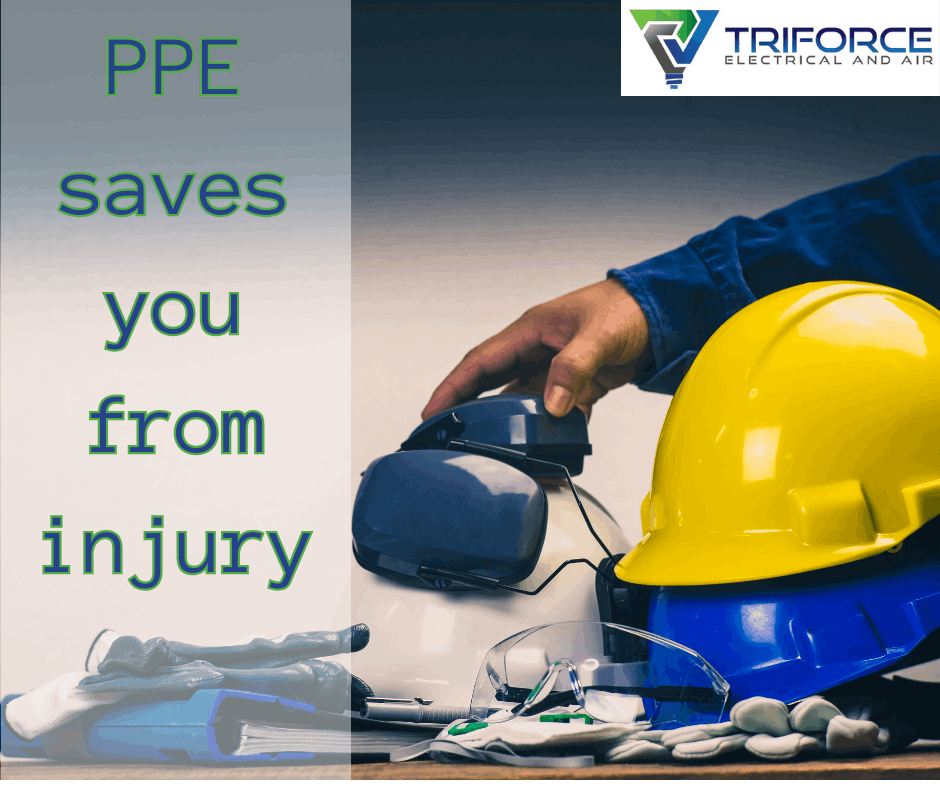Electrical Safety for Rental Properties and Homeowners: Roof Spaces

All Queensland property owners and managers have a duty of care under electrical safety laws to ensure that their rental property is electrically safe for all tenants and people that may visit or work on the premises.
Over the course of our Rental Property Series we will discuss the 10 main areas of electrical safety and maintenance that the homeowner and tenant needs to be aware of.
- Safety Switches
- Smoke Alarms
- DIY
- Roof Spaces
- Faults, Tingles and Shocks
- Overhead Powerlines and Service Lines
- Private Power Pole Maintenance
- Dial before you Dig
- Maintaining Electrical Equipment
- Solar Systems
Before entering a roof space, its best to perform a Risk Assessment and identify any hazards including:
- high temperatures
- evidence of vermin
- sharp objects
- asbestos
- type of lighting
- type of insulation material
- accessibility to the work area (e.g. cramped and awkward positions)
- location of electrical wiring and water or gas piping.
Your roof space poses serious electrical risk and hazards. It is important before starting any work, that you turn off all electricity to the property at the main switchboard and take steps to prevent the electricity from being turned back on while work is in progress.
If a worker needs to go into your roof space, such as an electrician or pest controller let them turn the mains off.
If you have solar power in your home the supply cables from the solar cells on the roof to its inverter will also be live at times when the solar cells are generating electricity. Therefore, caution needs to be taken when working around these cables.
Care must also be taken when working on roofs or in ceiling spaces to minimise or avoid contact with exposed conductive parts such as guttering, roof sheeting or metal battens as these could also be live if there is any kind of fault with your electrical wiring.
Please note: Turning off electricity to the property at the main switchboard does not turn off the electricity supply from the street to the switchboard. This means the incoming overhead service lines and the cables supplying the switchboard will still be live. Extreme care must be taken to avoid touching any of these live overhead electrical lines or supply cables. Please visit www.electricalsafety.qld.gov.au for further information on electrical safety.

Other Safety Considerations to be Aware of
- Ensure someone is aware that you are working in the ceiling space and maintain contact with them until the work is complete.
- Be aware of the heat and humidity in the roof space. It is easy to become heat stressed and dehydrated. Fluid intake is extremely important. You should also be aware of the times you are going into the ceiling space – first thing in the morning when outside temperatures have been low all night and the roof space has had time to cool down is the best time. taking additional lighting (e.g. torch) with you as the lighting is generally poor in ceiling spaces
- Take care accessing and navigating the work area, avoiding tripping over debris, material and the ceiling trusses. Make sure you are stepping carefully on ceiling joists or beams and not the gyprock, sheeting etc to avoid falls and other injuries.
- If you need tools – manual or battery-operated ones are best in this scenario to avoid cable trip hazards and ease of use. Also, the power should be off preventing you from using powered tools anyway. Battery is Best
- Know where all your electrical cables are running!! DO NOT accidentally drill into any cable or fix any equipment to cables Please note: if any electrical cable or equipment is damaged, consult with the owner and engage a licensed electrical contractor to inspect the installation.
- You should always wear appropriate personal protective equipment when working in roof spaces
- a half-face (class P1 or P2) disposable particulate respirator, in accordance with AS 1715:2009
- a head-covering and goggles, to avoid eye irritation
- long-sleeved, loose-fitting clothing and gloves, to minimise skin contact with insulation material
- appropriate enclosed footwear
- keeping your work areas clean and clear of fibres and dust and place waste in plastic bags capable of containing the dust.

To help prepare the power to be turned off please do the following:
- Make sure all your equipment such as phone, iPads, laptops etc are fully charged and can be used via battery.
- Think about using another form of wifi such as personal hotspots and mobile data to gain access to the internet
- Find alternative for frozen food storage – this is dependent on how long the electricity needs to be off more and may not be necessary
- Use battery power for all medical equipment – or arrange people who depend on medical equipment to stay with family and friends.
Completion of work in the ceiling space
Once work has been completed:
- Replace any insulation material that may have been disturbed or moved for access to the work area, ensuring that it is not covering any electrical fittings or equipment, especially downlights
- Dispose of debris and waste appropriately
- Wash your hands, face, neck and hair, with soap and water.
Need an Electrician? Everyone’s a Winner with Triforce! We like to go against the grain and offer a top notch quality service. We will get back to you, you will get a quote, we will turn up on time. If your ceiling space needs some work give us a call today